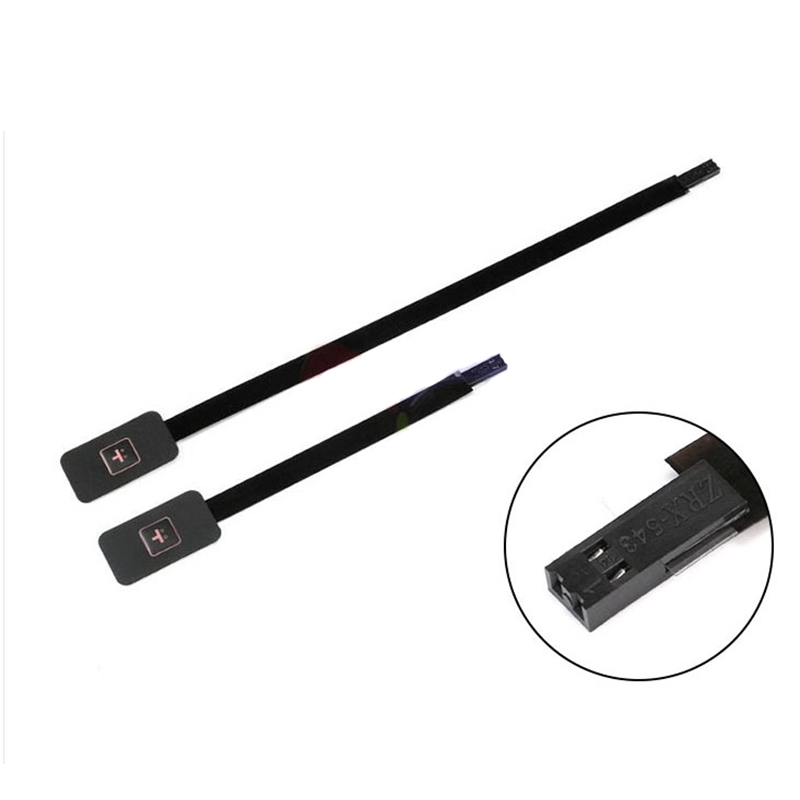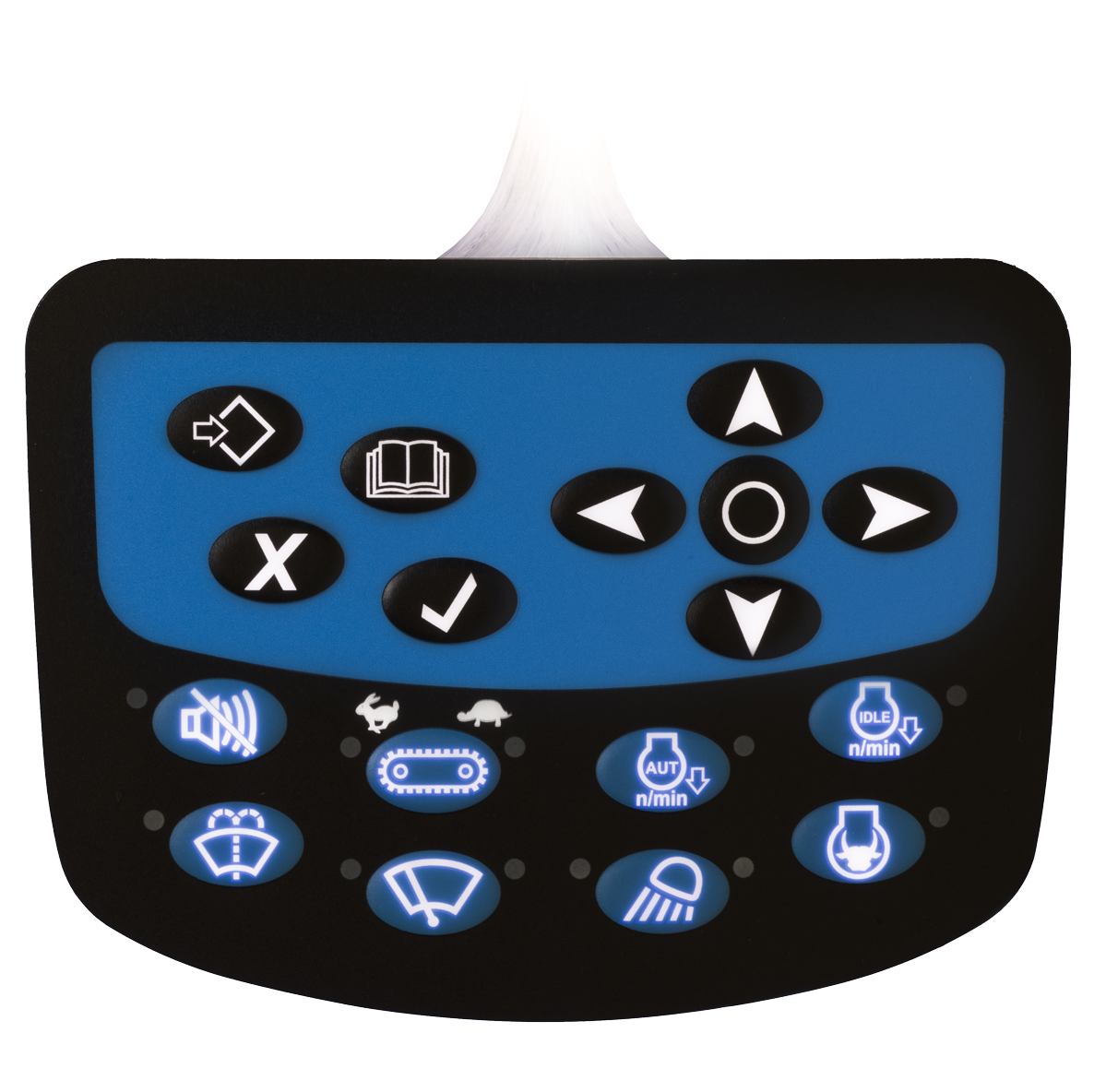The Role of Membrane Switches on the Development of Wearable Devices
The Role of Membrane Switches on the Development of Wearable Devices
Blog Article
Membrane Switch Over Innovation: The Key to Trusted and Cost-efficient Interfaces
Membrane layer switch technology has actually arised as a pivotal element in the layout of user interfaces, offering both dependability and cost-effectiveness throughout a varied array of applications. As we discover the multifaceted benefits of membrane layer buttons, their potential for technology elevates inquiries about future applications and advancing fads.
Understanding Membrane Change Technology
Membrane switch technology is a widely utilized interface service in various electronic gadgets, supplying a smooth blend of performance and layout. This modern technology incorporates several layers of products, normally consisting of a visuals overlay, spacer layer, and a circuit layer. The visuals overlay presents the user interface elements, while the spacer layer divides the circuit layer from the overlay till a customer activates a switch.
When stress is used to the overlay, the circuit layer completes the electric circuit, sending out a signal to the device. This mechanism allows for various setups, including responsive responses and backlighting choices, improving individual communication. Membrane layer switches are commonly produced utilizing long lasting products such as polyester or polycarbonate, ensuring longevity and resistance to environmental variables like dampness and dust.
The versatility of membrane switches enables their application in diverse markets, consisting of medical devices, customer electronic devices, and industrial controls. Their portable style enables for integration into space-constrained atmospheres, giving an effective interface without endangering visual appeal. Understanding the details of membrane layer button innovation is necessary for producers and developers seeking to create reliable and effective human-machine user interfaces.
Secret Benefits of Membrane Layer Switches
While various user interface solutions exist, membrane switches over deal unique benefits that make them a recommended choice in many applications. One of the main advantages is their toughness; membrane buttons are designed to endure rough environmental conditions, including dampness, dirt, and temperature level changes, making sure long-lasting efficiency. This durability considerably reduces the demand for frequent replacements, therefore lowering general upkeep costs.

In addition, membrane layer switches are light-weight and portable, making them ideal for applications where room is limited. Their low-profile layout contributes to a sleek appearance without jeopardizing functionality.
Cost-effectiveness is also a noteworthy advantage, as the manufacturing procedure for membrane layer changes often tends to be more economical compared to traditional mechanical switches. This affordability, integrated with their dependability and simplicity of installation, settings membrane switches over as a functional service for a large variety of industries looking for efficient and reliable individual interfaces.
Applications Across Various Industries
Exactly how do membrane switches adapt to the varied requirements of various sectors? Membrane layer button technology is significantly acknowledged for its adaptability, making it appropriate for a vast array of applications across numerous markets. In the clinical field, membrane layer buttons are used in analysis devices and client surveillance tools, where their durability and simplicity of cleaning are critical for keeping hygiene requirements. The vehicle industry utilizes these switches in control panels and control board, supplying a structured visual while making sure easy to use operation.
In consumer electronic devices, membrane layer switches provide a portable solution for push-button controls and home devices, boosting individual experience through user-friendly layout. Furthermore, the commercial sector leverages membrane buttons for machinery control panels, benefiting from their resistance to severe atmospheres, such as wetness and dirt.
Army and aerospace applications additionally make use of membrane switches for their dependability and capability to stand up to extreme problems, making sure functional effectiveness in essential situations. Additionally, the food and beverage market takes on these buttons for automated systems, where hygiene and convenience of procedure are paramount. Ultimately, membrane switches are customized to fulfill the distinct demands of each sector, proving their important function in modern innovation interfaces
Design and Customization Alternatives

In the realm of membrane layer switch technology, layout and personalization options play a crucial function in enhancing performance and customer communication. These buttons can be tailored to fulfill certain operational needs and aesthetic preferences, making them versatile parts in various applications.
Among the main customization choices is the format of the button itself, which can be created to suit distinct user interfaces and ergonomic factors to consider. By readjusting the shape, size, and arrangement of switches, producers can develop user-friendly styles that help with ease of usage. Additionally, the incorporation of different colors and graphic overlays permits branding and enhanced exposure, guaranteeing that customers can swiftly determine functions.
Moreover, membrane layer switches can be crafted with different responsive comments devices, such as increased switches or distinct clicks, to improve the individual you can find out more experience. Various materials can also be chosen for resilience and environmental resistance, addressing aspects such as moisture, temperature changes, and chemical direct exposure.
Eventually, the comprehensive design and personalization alternatives offered in membrane layer switch modern technology equip organizations to produce customized remedies that not just satisfy useful demands but also line up with their branding and functional needs.

Future Fads in Membrane Switches
As membrane switch technology proceeds try this to develop, future patterns are significantly concentrated on enhancing user experience and integrating advanced functionalities. One substantial trend is the assimilation of touch-sensitive and capacitive technologies into traditional membrane buttons. This growth allows for more intuitive interface, providing responsive responses while maintaining a streamlined design.
One more arising fad is making use of environmentally friendly materials, driven by the growing demand for sustainable manufacturing techniques. Suppliers are looking for to minimize their carbon footprint by utilizing recyclable substratums and low-impact inks, straightening with international sustainability objectives.
Additionally, the rise of the Internet of Points (IoT) is triggering the incorporation of wise functions into membrane switches. Boosted connection alternatives will certainly make it possible for gadgets to communicate with each other, permitting seamless assimilation into more comprehensive systems.
In addition, innovations in printing modern technologies, such as electronic printing, are allowing for better style flexibility and personalization. This makes it possible for suppliers to create elaborate designs and vibrant shades cost-effectively.

Verdict
To conclude, membrane button technology stands for an important technology in customer interface design, supplying significant benefits in longevity, modification, and cost-effectiveness. Its widespread applicability throughout diverse sectors highlights its relevance in contemporary innovation. As innovations proceed to arise, especially in touch-sensitive interfaces and sustainable products, the potential for membrane switches over to enhance individual experience and capability remains encouraging. Proceeded exploration hop over to these guys of this modern technology will likely yield additionally renovations and expand its range in future applications.
Report this page